






 |
 |
 |
 |
 |
 |
 |
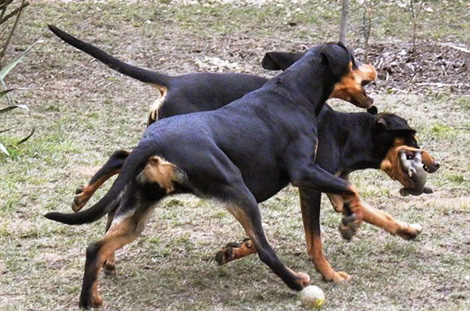 |
The Erdelyi Kopo |
|
Later, as the agricultural land was increased and the forested areas shrank, hunts with hounds were restricted to the mountainous areas in Transylvania. The dogs were expected to show aptness, endurance, courage and good orientation skills. Their size was not uniform as it changed with the terrain features. Taller hounds were generally common in the mountains, while lower hounds were kept on the Great Plain.
In 1886 a separate column was opened in the “Hungarian Register of Hound Dogs” but its registration only started in the early 20th century, to be interrupted during World War I. Between the two World Wars the Transylvanian hound was a popular hunting dog. After World War II the territorial losses of Hungary – and the Romanian decree of 1947 that declared the breed a harmful species damaging the game stock – drove the breed to the state of near-extinction. Re-breeding of the hound started in the late 1960s with a brother and sister brought from Transylvania, which were tracked down and “smuggled” into Hungary by Tamás Fodor and Lajos Győrffy, commissioned by the Budapest Zoo. Afterwards, further animals were brought over to Hungary and connected into the Hungarian development of the breed. |
|
The FCI accepted the official standard description of the breed in 1968 and acknowledged the Transylvanian hound (Erdélyi kopó) as the 9th Hungarian dog breed. During the Hunting World Expo held in Budapest in 1971, not less than 18-20 dogs were presented.
At present the breed has significant stocks in Hungary and in Transylvania. Although there are enthusiastic supporters and keepers of the breed in the Netherlands, Belgium, the Czech Republic, Italy, Germany, the USA and in Canada, their numbers are insignificant. Presently MEOE Transylvanian Hound Club performs the maintenance of the breed in Hungary. |
|
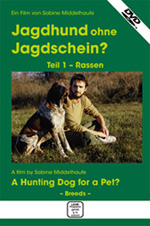 |
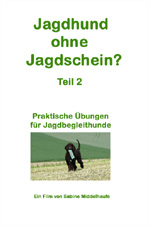 |
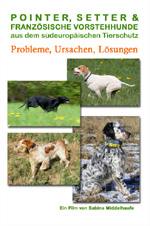 |
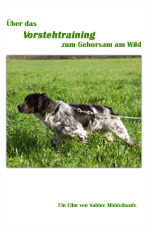 |
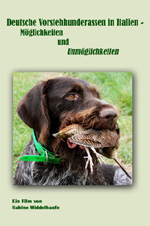 |
| home | Seitenanfang | Menü Fotoalbum |